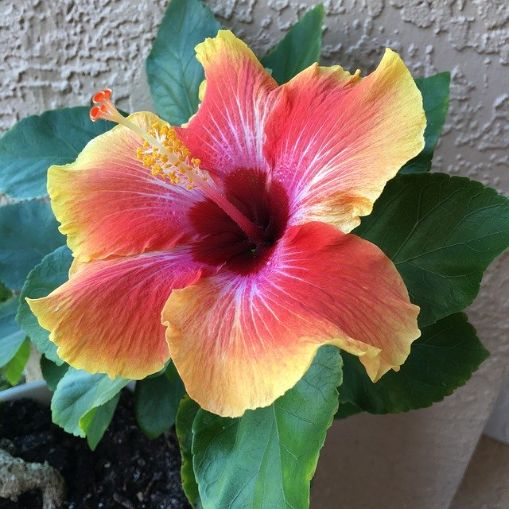Right Plant, Right Place
May 22, 2020
Right Plant, Right Place is the first of 9 principles of Florida-Friendly Landscaping. In the past my standard approach to both plant selection and location went something like this. First -- a plant catches my fancy. Second -- I purchase said plant, taking only a cursory glance at important information specific to it. Third, I place said plant in the ground without considering whether the location will be ideal over time. Fourth, I tend to the plant and keep my fingers crossed, hoping for a positive outcome.
As you might imagine, this particular approach proved less than optimal. By putting the cart before the horse, oftentimes the location did not match the plant's requirements, causing stress to the plant and more work for me as I attempted to "fix" problems as they arose. Lesson learned? Before jumping to purchase, upfront planning is key, with one important element being to get the "lay of the land." By doing so, we can save time and effort going forward and have a better chance that plants will not only survive but thrive with proper care.
During the planning process, begin by taking a stroll around your property. As you explore, consider the movement of the sun over the course of the day. Which areas enjoy morning sun and which areas experience full sun most of the day? Where is shade most prevalent? The seasons also play a role. A plant that appreciates one locale in the winter sun may find the sun too brutal during the summer in the same location. For those plants, placing them in movable containers may be a viable option, giving you the ability to relocate the plant as the seasons dictate.
Soil composition, pH and moisture are other important considerations. If you live in a residential area, chances are the soil is mostly sand and fill and the pH measures alkaline rather than neutral or acidic. To determine actual pH, the best approach would be to gather soil samples from different areas around the property and get a free soil test done at the Lee County Extension Office.
With results in hand you can then make informed decisions moving forward. Keep in mind that trying to "fix" the soil by adding supplements to either raise or lower pH to accommodate a poorly placed plant can be time consuming and costly. Soil amendments are normally only temporary remedies and re-applications are often needed, especially when attempting to acidify soil. Better to select pH suitable plants at the outset.
Does the soil hold moisture or is it well-draining? Because water is such a precious and valued resource, consider current conditions and how best to conserve water within the landscape moving forward. Some plants and turf especially crave water and suffer when it is lacking, while many native plants and some non-natives are drought tolerant once established.
What has been presented here is just the tip of the gardening adventure. To view more detail regarding Right Plant, Right Place and the remaining Nine Principles of Florida Friendly Landscaping, visit ffl.ifas.ufl.edu/materials/FYN_Handbook_2015_web.pdf. "The Florida Yards & Neighborhoods Handbook" is a great resource document.
Happy gardening!
Janetta Fox is a member of the Garden Club of Cape Coral.
